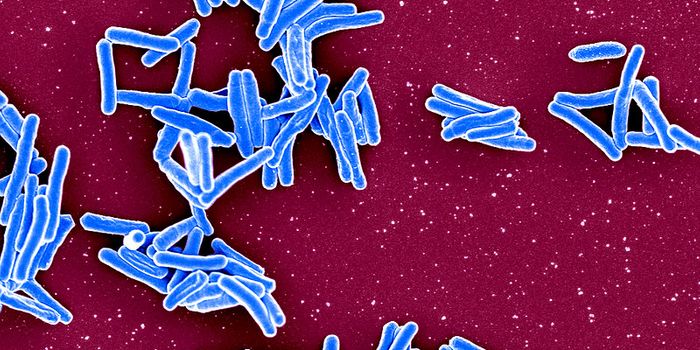Researchers Create the Largest Family Tree, For All Humanity
Mapping your family tree can be a fun and interesting way to learn more about your personal history. Now researchers have done that on a much bigger scale, to create a family tree for the human race. This genealogical effort aims to place all of our ancestry in a larger context. The work has been made possible by the huge advances in genetic and computational technologies that have emerged in recent decades. The genetic data from thousands of people, including some from prehistory, have been analyzed in this study, generating a map of human relations throughout the world. The findings have been reported in Science.
This giant family tree for humanity is meant to model the history that has led to the huge amount of genetic variations that humans carry today, explained one of the study's principal investigators, Dr. Yan Wong, an evolutionary geneticist at the Big Data Institute at Oxford University. "This genealogy allows us to see how every person's genetic sequence relates to every other, along all the points of the genome."
We get certain genomic regions that include certain variations from one parent or the other. The ancestry of those regions, with those specific variants, can be used to trace genetic regions back through time. Eventually, one arrives at the point where the genetic variation first emerged.
The research team created a new method to incorporate data from a few different sources. Data from modern and ancient people was obtained from eight databases, for a total of 3,609 genome sequences representing 215 populations. The ancient genomes were anywhere from 1,000 to over 100,000 years old. Computational tools predicted where ancestors could be found in the tree, showing patterns of genetic variation. About 27 million ancestors were seen in this network.
Location data was then overlaid on the genomic data, and where ancestors lived could be visualized. This recapitulated humanity's migration out of Africa.
"Essentially, we are reconstructing the genomes of our ancestors and using them to form a vast network of relationships. We can then estimate when and where these ancestors lived," noted lead study author Dr. Anthony Wilder Wohns, who is now a postdoctoral research at the Broad Institute of MIT and Harvard. "The power of our approach is that it makes very few assumptions about the underlying data and can also include both modern and ancient DNA samples."
The researchers are hoping to add new genetic data to this genealogical map as it becomes available. Millions more genomes could be added eventually. The method can also be extrapolated, noted Wohns, for studying other organisms like bacteria, and could also help reveal links between genetic regions and disease.
Sources: University of Oxford, Science









